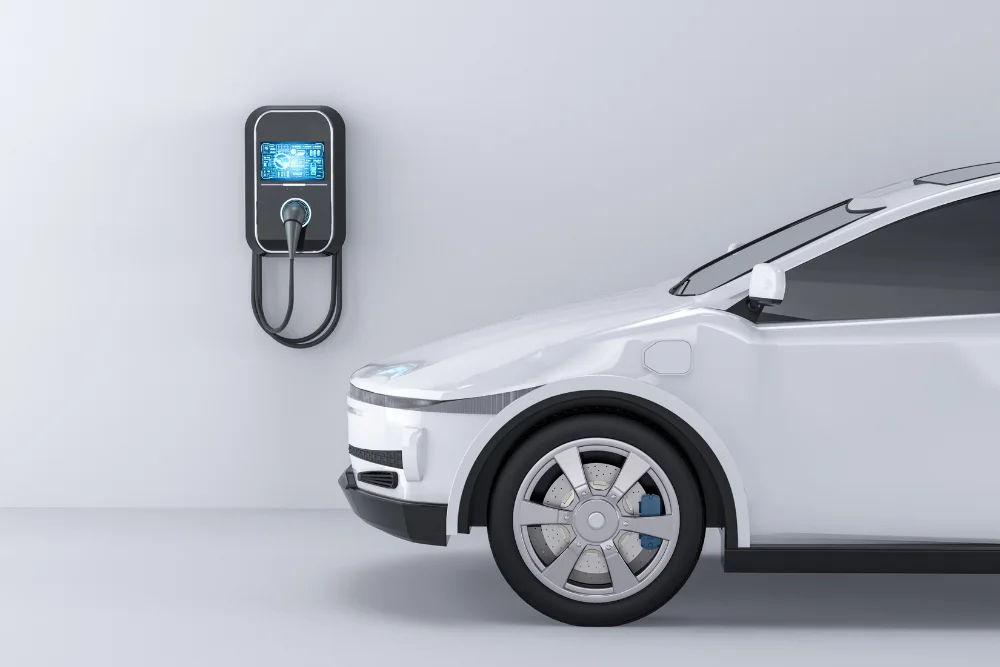Electric vehicles (EVs) are no longer a futuristic dream—they are a reality shaping the global automotive industry. With major automakers investing billions into EV technology and governments pushing for greener alternatives, the next five years will be crucial in defining the future of electric mobility.
From longer battery ranges to self-driving capabilities, here’s what you can expect in the next five years when it comes to electric cars.
1. Significant Improvements in Battery Technology

One of the biggest concerns for EV buyers is range anxiety—the fear that the battery won’t last long enough for a journey. However, the next five years will bring major improvements in battery technology, leading to:
✅ Longer driving ranges – Current EVs average between 200-300 miles per charge, but advancements in solid-state batteries could push that beyond 500 miles.
✅ Faster charging times – Next-generation ultra-fast chargers will allow EVs to recharge up to 80% in just 10-15 minutes, making them as convenient as refueling a gas car.
✅ More affordable EVs – Battery production costs are dropping, meaning cheaper electric cars with better performance will soon be available.
2. Expansion of Charging Infrastructure
Charging stations are becoming more widespread, but range anxiety still exists due to the limited availability of fast chargers. Over the next five years, we’ll see:
⚡ More public charging stations – Governments and private companies are investing in an extensive charging network worldwide.
⚡ Wireless charging technology – Future EVs may feature wireless charging pads that eliminate the need for cables, making charging effortless.
⚡ Solar-powered stations – The integration of renewable energy in charging stations will reduce dependency on fossil fuels, making EVs even greener.
3. Mass Adoption of Self-Driving Technology
The autonomous driving revolution is just around the corner, and electric cars will lead the charge. Many EV manufacturers, including Tesla, Waymo, and General Motors, are pushing toward fully autonomous vehicles.
🤖 What to expect?
🚗 Advanced driver-assistance systems (ADAS) – More EVs will come with features like automatic braking, lane-keeping assistance, and self-parking.
🚦 Fully autonomous taxis – Companies like Tesla and Waymo are working on self-driving taxis that could hit the roads within five years.
📡 Vehicle-to-everything (V2X) communication – EVs will be able to communicate with traffic lights, road signs, and other vehicles to improve safety and reduce traffic congestion.
4. More Affordable Electric Cars
One of the biggest barriers to EV adoption is the cost. However, as battery prices drop and manufacturing scales up, electric cars will become more affordable.
💰 What’s changing?
- More budget-friendly EV options – Expect more EVs priced under $25,000, making them accessible to the average consumer.
- Government incentives and tax credits – Many countries will continue offering financial incentives to encourage EV adoption.
- Increased competition – More car manufacturers entering the market will lead to better features at lower prices.
5. Sustainability and Eco-Friendly Production
EVs are already a greener alternative to gas-powered cars, but the industry is taking it a step further by focusing on sustainable manufacturing and recycling.
🌍 What’s ahead?
♻️ Recyclable batteries – Companies are developing methods to recycle old EV batteries, reducing environmental impact.
🏭 Eco-friendly factories – Automakers like Tesla, Ford, and Volkswagen are building carbon-neutral factories powered by renewable energy.
🚙 Green materials – Future EVs will use more recycled and biodegradable materials, making them even more sustainable.
6. Increased EV Adoption and Bans on Gasoline Cars
Many governments are setting deadlines to phase out gasoline and diesel vehicles in favor of electric alternatives. Over the next five years, expect:
🚫 More bans on new gas-powered cars – Countries like the UK, Germany, and Canada have already set deadlines for 2030-2035.
📈 More EVs on the road – The global EV market is projected to grow by over 25% per year, meaning millions more EVs will be on the roads.
🚗 Businesses going electric – Companies like Amazon, UPS, and FedEx are transitioning to electric delivery fleets.
7. Advancements in Solar-Powered EVs
Imagine driving a car that charges itself using the sun! While solar-powered EVs are still in development, companies like Lightyear and Aptera are making great progress.
🌞 What to expect?
- Solar panels integrated into car roofs to provide extra mileage.
- Hybrid solar-electric vehicles that combine solar and traditional charging.
- Off-grid charging for remote areas without charging stations.
Final Thoughts: A Bright Future for Electric Cars
The next five years will be game-changing for electric vehicles. With longer battery ranges, better charging infrastructure, self-driving technology, and more affordability, EVs will soon become the standard mode of transportation.
If you’re thinking about switching to an EV, now is the perfect time to explore your options. The future of electric cars is exciting, and it’s only getting started! 🚗⚡